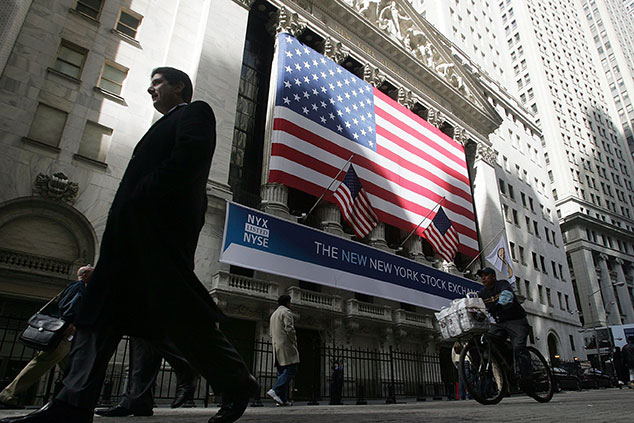
I talked about this a bit in my article about the launch of three new investment trusts, but I know that an awful lot of MoneyWeek investors are huge Smith fans – something that makes sense given the out performance of his flagship Fundsmith Equity fund (up 309% since launch in 2010 against 157% for the MSCI World index), so this is just to update you on a few of the other things we talked about.
I asked him if he was concerned that Fundsmith itself was getting too big to keep outperforming – particularly given that he doesn’t like to have much more than 30 holdings in it. He is not. With 27 holdings in companies with an average market cap of around £100bn, he says, holding only 1% of each of them would only give him a £27bn portfolio. Plenty of room to run yet.
However, the size of the first fund is a part of the reason for the launch of the new trust. Size, says Smith, “cuts off opportunity”. When he launched Fundsmith Equity, for example, he bought Domino’s Pizza and was able to let it grow inside the fund. But given the size of Fundsmith today, he couldn’t buy the “next Domino’s” (something such as, say, Wingstop) as he’d up with one third of the company. And that’s too dangerous.
Concern about size also explains the use of the investment trust structure for the new fund. He’s after £250m upfront and, if successful, the trust will surely expand, but the closed-end structure does mean that he won’t end up with the same size problem (the directors control whether new capital can come into the trust or not).
Who’s running Smithson, and what’s in it
Smithson isn’t going to be run by Smith himself. For this there are two new recruits, fresh from Goldmans – Will Morgan and Simon Bernard. Why them? Lots of money managers come to Smith asking for jobs, he says. All come in saying how much they love his style of investing and how much they want to invest just like him. To all of them he says, “why not do it yourselves?” After all, most of the applicants are already working as fund managers.
Most of the answers to that are about not being allowed to take positions with the kind of conviction Smith can (compliance, compliance, compliance). But Morgan and Bernard added a little something extra to the mix: they told Smith that they had their “entire liquid net-worths in the main fund”. We gloss over what their liquid net worths might be (ie, I ask and they won’t tell me). But you get the point.
The two were hired and set to work finding the kind of stocks that fit the bill Fundsmith-style. This involved looking for those that had “done better than us”; chucking out the ones that were of no interest (Smith is not mad, for example, for “Canadian cannabis firms); and making a long list of those that were (high quality, good cash flows, low debt).
The final list (which will presumably grow) consists of 83 companies with “growth rates approximately twice that of those in the main fund” – although Morgan and Bernard will only hold 25 at a time (they will also be running all final investment decisions past Smith). About half the stocks are listed in the US, with the rest also being in developed markets – mostly Europe with a few in Japan, Australia and New Zealand as well. None are in emerging markets (this will prevent cross over with Fundsmith’s so far underperforming emerging markets trust).
Smithson won’t be cheap – but that may not matter
Finally, fees: Smith will charge 0.9% in management fees. I wish this number was lower. I wish it was set to be the lower of net asset value (NAV) and market cap (Smith says he is pretty ambivalent on which it should be but his decision is to charge it on market cap, as this performance is the “closest to what investors will get”). And I wish that Smith would commit to stepping the fee down as the trust grows.
I will have to keep wishing.
Smith doesn’t agree with me on the imperative to lower costs for investors – and could perfectly reasonably answer any criticism with the point that he doesn’t need to. The 1% fee on Fundsmith Equity clearly isn’t putting anyone off!
Should you buy into the new trust? We don’t normally suggest buying at launch as most trusts go to a discount to net asset value fairly quickly and we probably won’t be IPO buyers here either (see John’s article on why not to buy at IPO). However, if you are huge Smith fan, note that going to an immediate discount is less of a given with anything from Smith: such is his army of fans that his emerging-markets trust trades at a premium despite underperforming.
If you want to look at the trust more closely, you can sign up for the prospectus with most brokers: applications open soon.